Internet in Cuba. From revolution to revolution
Nowadays, it is no longer possible to surprise anyone with access to the Internet, but its absence may cause bewilderment or even alarm. Be it a God-forgotten district center in the vast expanses of the motherland, a mountain aul, a shift camp in the polar region. In addition to the physical ability to have access to the network, the price factor also makes it possible, in our latitudes, to ruthlessly utilize the traffic of an ordinary schoolchild for money saved from lunches. Is this situation the norm for other regions of the planet? The answer is unequivocal - no. Due to economic and political circumstances, the situation with the IT infrastructure of entire countries is frankly deplorable. More recently, Cuba was really free, not only from the imperialists but also from the Internet at least. What is happening now with the IT infrastructure in this small, but very revolutionary country and why is that? Let's try to figure out the article below.

Peninsula
If to be correct in geographical terms, from the point of view of communication channels, Cuba at the given moment of time is more like a peninsula, the Internet is there. The first acquaintance of the Cubans with the world wide web happened quite a long time ago, but only recently the Internet has burst into the lives of ordinary Cubans.
')
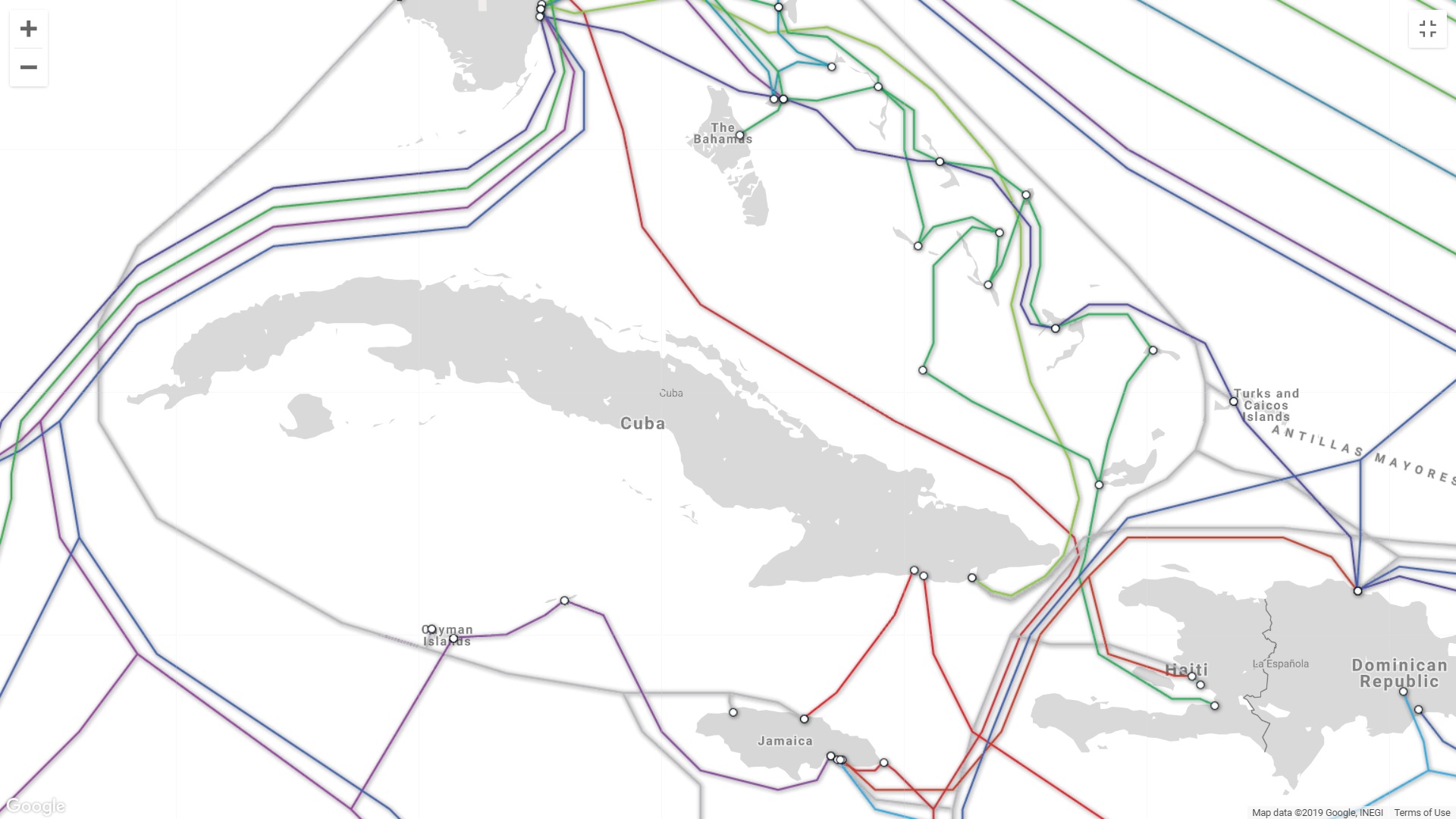
The 90s were significant for the Cuban Internet. While the transfer of “data packages” was the prerogative of a handful of state institutions, Cuba was a leader in the IT sector among the countries of the Caribbean in the framework of scientific programs of the international scientific community. In 1995, its total monthly Internet traffic to the world was estimated at 60 MB.

However, a year later in June 1996, according to a government decree, the use of information sources, as well as the means of their distribution, was seriously limited. For 16 long years, the Internet has remained the lot of the chambers of the Research Institute of a frankly poor country lined with trade embargoes.
“Publicity caused the collapse of the USSR, as well as the entire camp of the socialist countries. The means of disseminating information were seized and became weapons in the hands of the enemies of socialism. ” Raul Castro - Chairman of the State Council of Cuba.
However, the inevitability of progress became apparent for Cuba’s party nomenclature. In 2013, under the auspices of the state telecommunications company ETECSA, the first fiber-optic cable was brought into the country, which definitely foreshadowed revolutionary changes in the IT sphere.
A fly in the ointment. ALBA - 1
Such a necessary and long-awaited project, like a fiber-optic line connecting Cuba with the global network at a speed of 640 Gbit / s, also became a hostage to the political situation and that was the point. Considering the difficult interstate moment in relations between Cuba and the United States, as well as the fact that the project was 100% financed by a Chinese loan, the choice of the direction of the cable route was predetermined. Instead of connecting the densely populated western region of Cuba with the world center of IT infrastructure - Florida, which is located just 400 km from the capital of the island nation - Havana, the choice fell on the distant and not too prosperous, but fraternal Venezuela.
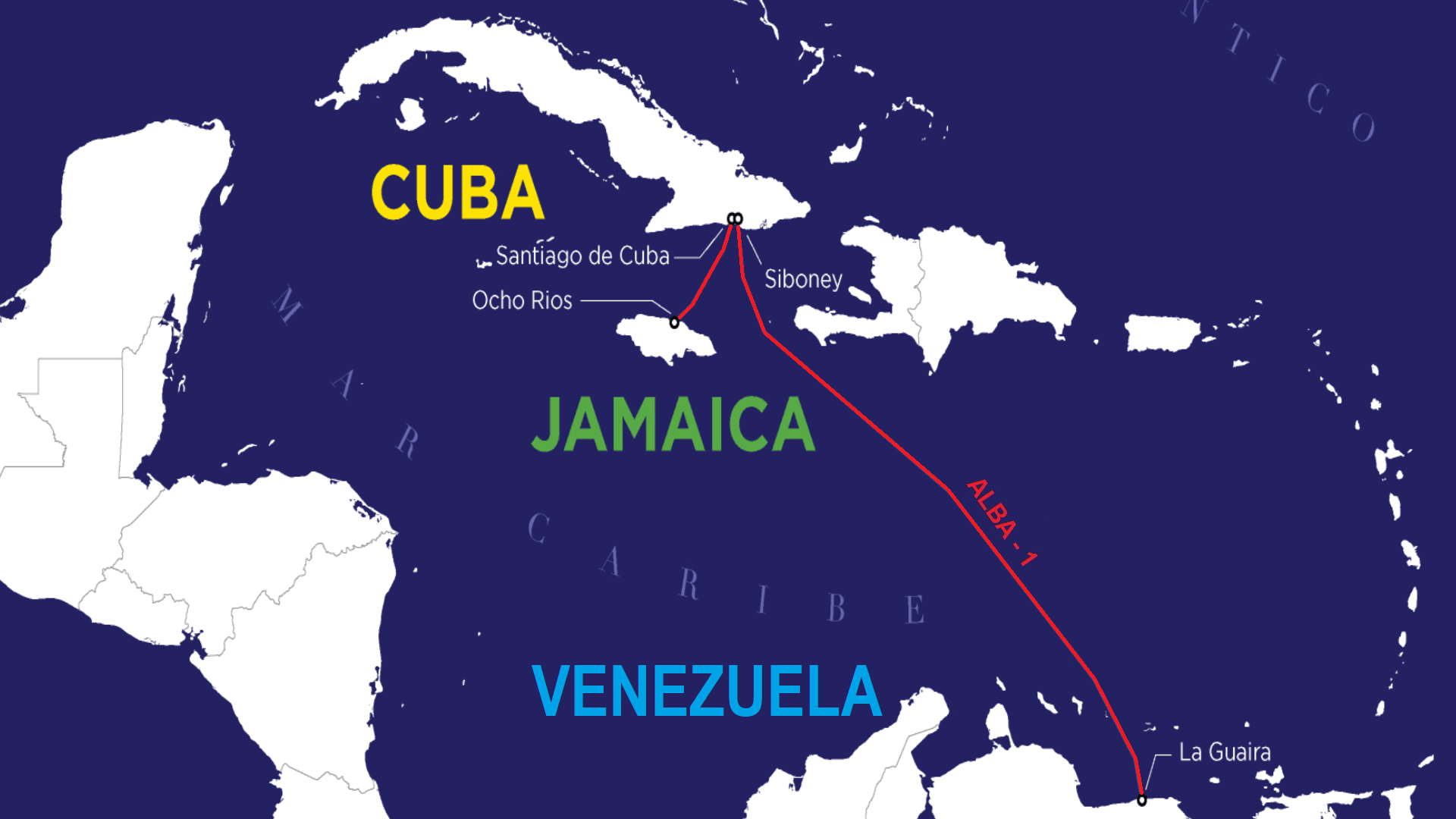
ALBA - 1 became a real link between Cuba and the rest of the world, giving an opportunity for ordinary Cubans to get access to one of the benefits of civilization, but from the point of view of an engineering solution, the “data bridge” connecting the island of liberty with the continent, transit through Venezuela and Jamaica, is far from perfection. The distances of 1,630 km of the submarine line plus more than 800 km of the land component, to the main Internet consumer, have predicted a frankly low level of quality of the services provided.
Already in 2013, formally having virtually unlimited access to all network resources, with the exception of frankly anti-government, in fact, the Internet passed by the majority of Cuban society. The price of access to the benefits of civilization has become a factor restraining the general information society.
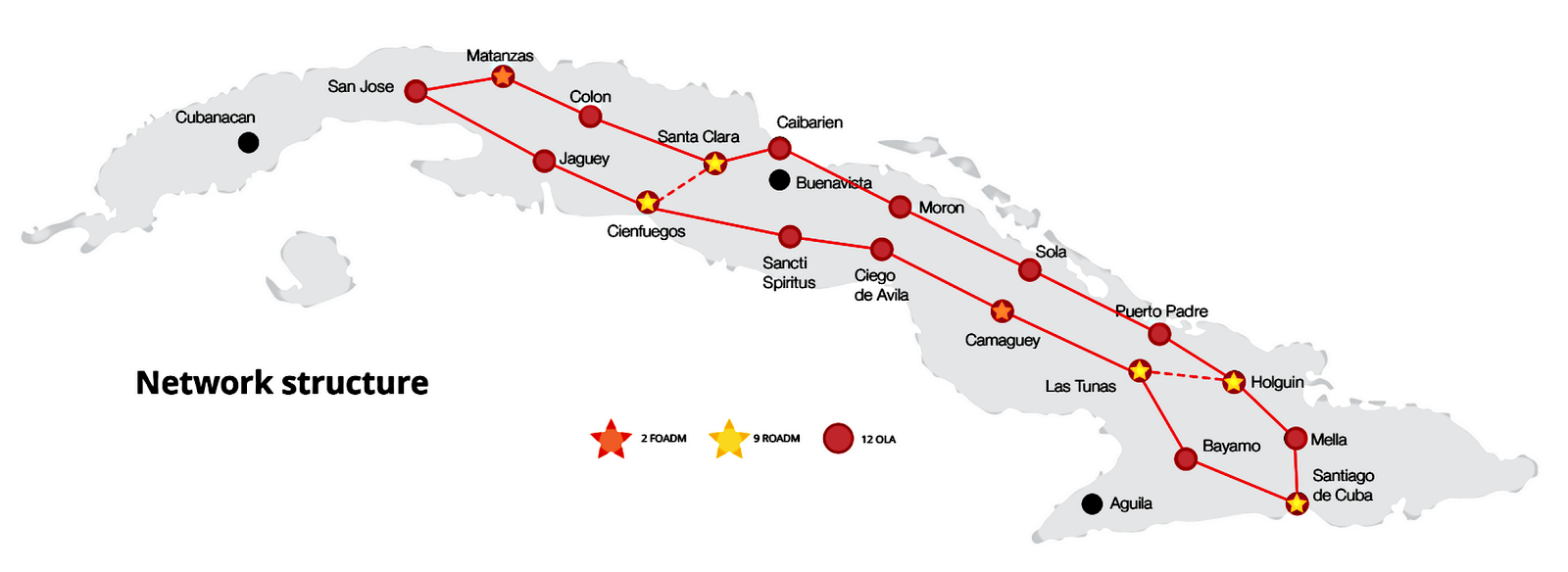
Internet revolution
One can only imagine the event of what scale for Cubans was the possibility of free access to the network. In July 2013, 118 Internet cafes opened across the country, where, by providing a passport, any Cuban could join the world wide web. Get the same Internet access from your own device appeared only in March 2015. In the capital, Havana, as well as in several other large cities, sales of scratch cards of Internet access with hourly tariffs started. Thanks to smartphones and hedgehogs with them, supporting WiFi, now anyone could get into the web of the Internet. The number of WiFi access points in the first time was limited to several hotels, state. institutions and parks, but soon such places became more than three dozen in Havana alone and more than three hundred throughout the country as a whole.
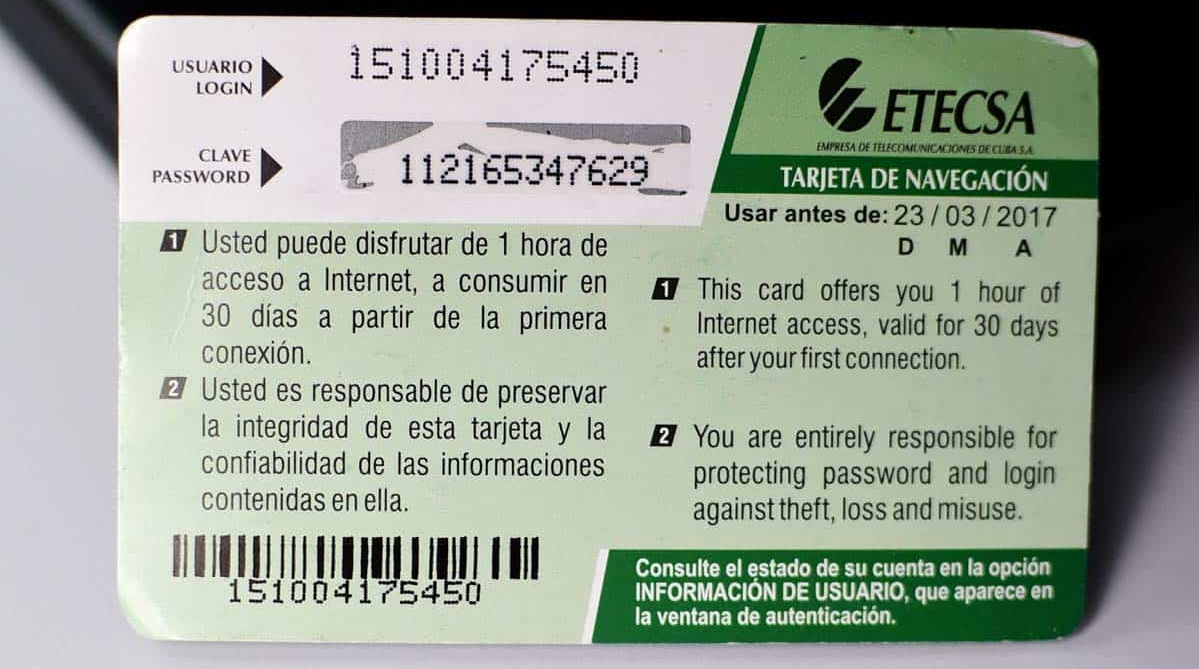
With a population of 11.5 million people, as of 2018, according to unofficial statistics, about 2 to 3 million people are active users of the network. With such a huge number of users, Internet speed is naturally extremely low, especially true for overloaded WiFi public access points. Especially cynical in such a situation, with the depressing quality of the service, is the price for hourly billing. The aforementioned "coupon" for an hour of the Internet for a resident of Cuba, from an official distributor, will cost as much as $ 1.5, in five hours get ready to pay in proportion to $ 7.5. To understand the situation in which users of ETECSA services are located, it is worth recalling that the average monthly salary for Cubans is at the level of $ 30. At the same time, even for such frankly transcendental prices, in order to buy a treasured card with a login and password, it is often necessary to stand in a decent line, on which local speculators sell their scratch cards two or three times more expensive than their nominal value.
Offline Internet
Until very recently, it was probably impossible to find such an absurd situation as a Cuban on the entire planet. Being practically deprived of access to the Internet, the Cubans, being under a very mild dictatorial regime, had access to the abundant contraband of the most advanced electronics. Smartphones, tablets, PCs, satellite communications, although they were too expensive, were nevertheless physically accessible. This situation gave rise to the existence of so-called. offline sites (servers). Being a proven person, for just a dollar or two, you could download a very large archive from your local underground worker-delyagi on your external data carrier. Depending on the positions of interest to you, of your choice, the businessman will update your archive with the latest movies, music, moreover, a full-fledged bulletin board which is regularly updated. The only limitation, as is the case online, is politics. Apparently, the official authorities are aware of the situation with the illegal circulation of data that is everywhere in Cuba, but they simply close their eyes to it until the “underground workers” go beyond the red lines, which the latter wonderfully know and engage in self-censorship.
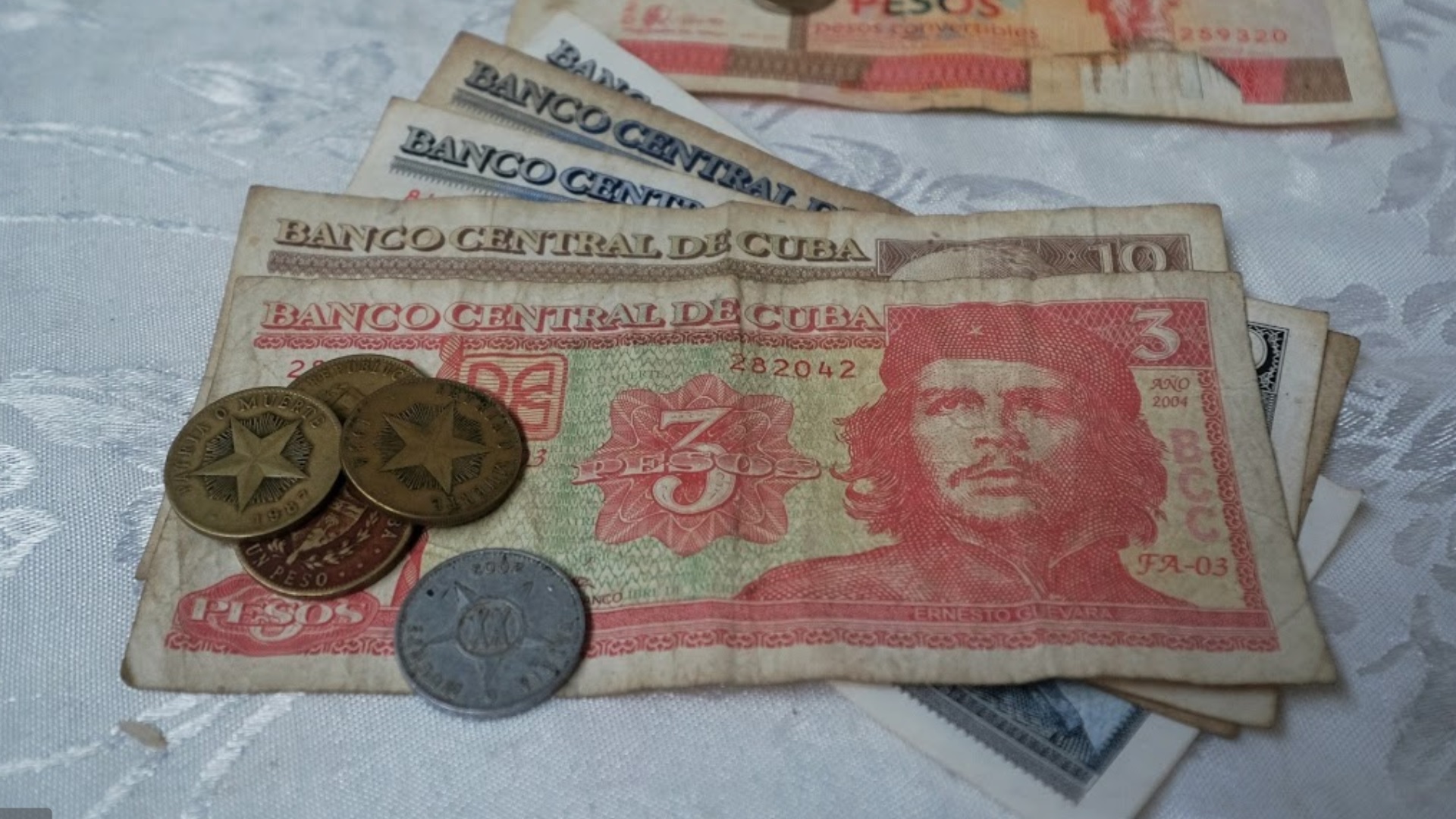
Revolution again - 3G
Apparently the karma of the Cubans is such a revolutionary event, a common event for other countries for Cuba is becoming a landmark. This time, the country's IT sector has excited the start of the operation of third-generation networks - 3G.
Officially, the third generation network in Cuba was launched only last month - December 2018. And it would seem that there is something revolutionary? Indeed, in fact, access to the Internet has existed since 2013. There are two significant factors.
The history of mobile communications on the island of liberty is also very dreary. Physically, it appeared only in 2008, but for the reasons mentioned above, even this late start, for Cuba, became a false start. The extensive use of mobile phones, for their intended purpose, Cubans became much later, but the lack of broadband channels to the outside world in this matter did not become so critical for Cuba. The infrastructure of the mobile operator, the state monopolist, was developing in its own course, and by the time the 3G networks were launched, it already covered almost the entire island, except for very remote regions. The wide coverage of the mobile operator actually makes it possible to get rid of local Internet access points: Internet clubs, WiFi. This will definitely make access to the Internet really massive in the full sense of the word.
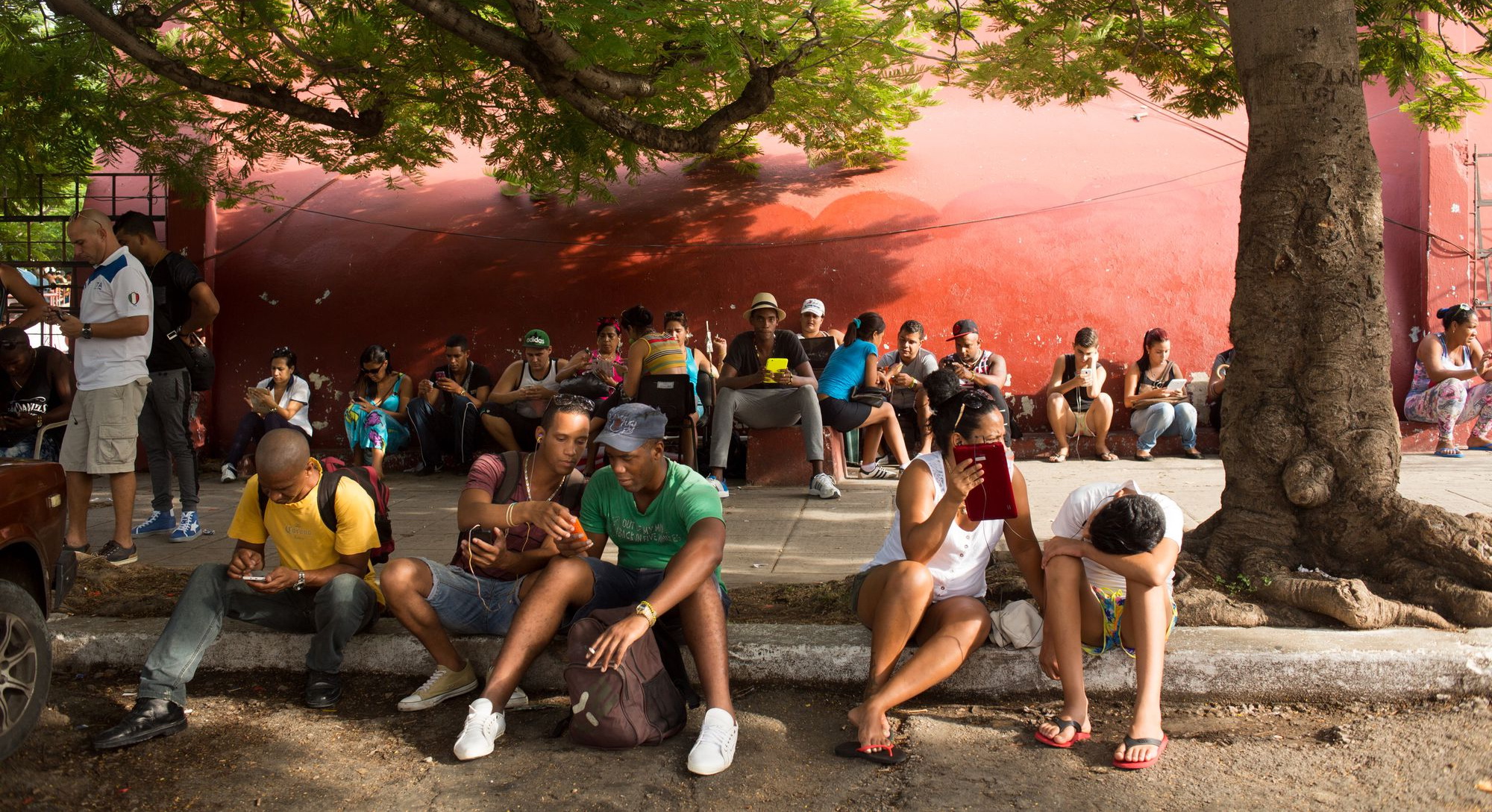
The second significant nuance of Cubans access to the network was the charging of traffic. Having the ability to purchase packages with megabytes included in the mobile operator, and thus not being limited in time to the network, the actual price of access to the service drops dramatically. The minimum package of 600 MB at a price of $ 7.5, in conditions of low Internet speed, reduces the cost of access to it at times, besides the ability to independently manage traffic also gives a new level of freedom compared to the prepaid time.
Obviously, the situation with the growth of traffic consumers and the lack of new projects to expand the existing fiber optic line ALBA - 1 in the foreseeable future will inevitably lead to an even greater load on the highway, and this will lead to an even lower quality of Internet service provision. Will this become a pretext in the future for delimiting traffic to domestic and foreign, thus stimulating the formation of the Cuban Internet segment, or maybe the government will open access to its IT sector to private capital only time will tell, but now it’s clear that without another revolution get along.
Epilogue
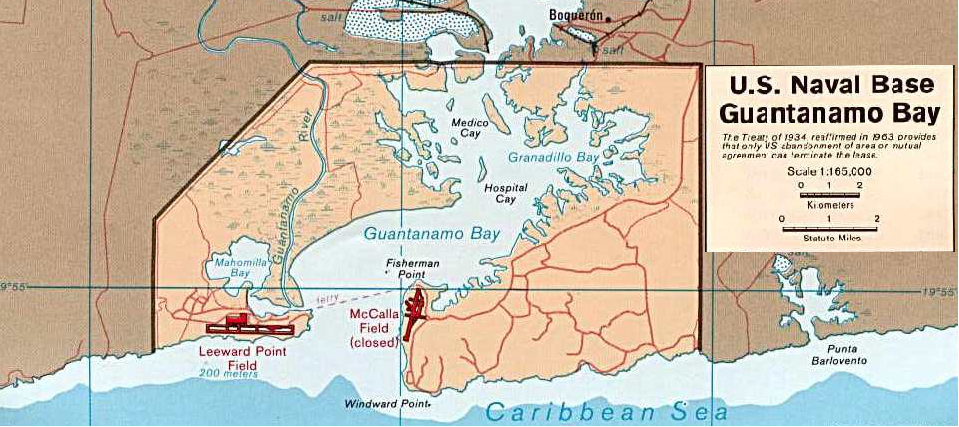
The article was devoted to the functioning of the Internet in the state of Cuba, but in general, on the island of Cuba, the situation with the Internet is not so monotonous. Guantanamo Bay. Yes, the former US naval base, with an area of 113 square kilometers, is a territory with not too certain legal status, which is nonetheless completely controlled by the US government. Now there is a prison for international terrorists, in the "best" years in which there were about 490 prisoners. This number of prisoners, respectively, required a stay at the base of not a small number of personnel from the United States. The base infrastructure developed according to all standards of the US Army: swimming pools, tennis courts, and of course MacDonald`s. The Internet, as a telecommunications component, is no exception. The existing satellite communication channels clearly could not meet the needs of both the base administration and the contingent stationed there. In 2016, the base was commissioned fiber-optic cable - GTMO-1, which connected it directly with Florida. Of the characteristics of this communication, its length is precisely known - 1,528 km, and its owner is the US government. According to official information, this line serves only the needs of the US base and does not affect the availability of the Internet for ordinary Cubans.

Thank you for staying with us. Do you like our articles? Want to see more interesting materials? Support us by placing an order or recommending to friends, 30% discount for Habr users on a unique analogue of the entry-level servers that we invented for you: The whole truth about VPS (KVM) E5-2650 v4 (6 Cores) 10GB DDR4 240GB SSD 1Gbps from $ 20 or how to share the server? (Options are available with RAID1 and RAID10, up to 24 cores and up to 40GB DDR4).
VPS (KVM) E5-2650 v4 (6 Cores) 10GB DDR4 240GB SSD 1Gbps until January free of charge if you pay for a period of six months, you can order here .
Dell R730xd 2 times cheaper? Only we have 2 x Intel Dodeca-Core Xeon E5-2650v4 128GB DDR4 6x480GB SSD 1Gbps 100 TV from $ 249 in the Netherlands and the USA! Read about How to build an infrastructure building. class c using servers Dell R730xd E5-2650 v4 worth 9000 euros for a penny?

Peninsula
If to be correct in geographical terms, from the point of view of communication channels, Cuba at the given moment of time is more like a peninsula, the Internet is there. The first acquaintance of the Cubans with the world wide web happened quite a long time ago, but only recently the Internet has burst into the lives of ordinary Cubans.
')

The 90s were significant for the Cuban Internet. While the transfer of “data packages” was the prerogative of a handful of state institutions, Cuba was a leader in the IT sector among the countries of the Caribbean in the framework of scientific programs of the international scientific community. In 1995, its total monthly Internet traffic to the world was estimated at 60 MB.

However, a year later in June 1996, according to a government decree, the use of information sources, as well as the means of their distribution, was seriously limited. For 16 long years, the Internet has remained the lot of the chambers of the Research Institute of a frankly poor country lined with trade embargoes.
“Publicity caused the collapse of the USSR, as well as the entire camp of the socialist countries. The means of disseminating information were seized and became weapons in the hands of the enemies of socialism. ” Raul Castro - Chairman of the State Council of Cuba.
However, the inevitability of progress became apparent for Cuba’s party nomenclature. In 2013, under the auspices of the state telecommunications company ETECSA, the first fiber-optic cable was brought into the country, which definitely foreshadowed revolutionary changes in the IT sphere.
A fly in the ointment. ALBA - 1
Such a necessary and long-awaited project, like a fiber-optic line connecting Cuba with the global network at a speed of 640 Gbit / s, also became a hostage to the political situation and that was the point. Considering the difficult interstate moment in relations between Cuba and the United States, as well as the fact that the project was 100% financed by a Chinese loan, the choice of the direction of the cable route was predetermined. Instead of connecting the densely populated western region of Cuba with the world center of IT infrastructure - Florida, which is located just 400 km from the capital of the island nation - Havana, the choice fell on the distant and not too prosperous, but fraternal Venezuela.

ALBA - 1 became a real link between Cuba and the rest of the world, giving an opportunity for ordinary Cubans to get access to one of the benefits of civilization, but from the point of view of an engineering solution, the “data bridge” connecting the island of liberty with the continent, transit through Venezuela and Jamaica, is far from perfection. The distances of 1,630 km of the submarine line plus more than 800 km of the land component, to the main Internet consumer, have predicted a frankly low level of quality of the services provided.
Already in 2013, formally having virtually unlimited access to all network resources, with the exception of frankly anti-government, in fact, the Internet passed by the majority of Cuban society. The price of access to the benefits of civilization has become a factor restraining the general information society.

Internet revolution
One can only imagine the event of what scale for Cubans was the possibility of free access to the network. In July 2013, 118 Internet cafes opened across the country, where, by providing a passport, any Cuban could join the world wide web. Get the same Internet access from your own device appeared only in March 2015. In the capital, Havana, as well as in several other large cities, sales of scratch cards of Internet access with hourly tariffs started. Thanks to smartphones and hedgehogs with them, supporting WiFi, now anyone could get into the web of the Internet. The number of WiFi access points in the first time was limited to several hotels, state. institutions and parks, but soon such places became more than three dozen in Havana alone and more than three hundred throughout the country as a whole.

With a population of 11.5 million people, as of 2018, according to unofficial statistics, about 2 to 3 million people are active users of the network. With such a huge number of users, Internet speed is naturally extremely low, especially true for overloaded WiFi public access points. Especially cynical in such a situation, with the depressing quality of the service, is the price for hourly billing. The aforementioned "coupon" for an hour of the Internet for a resident of Cuba, from an official distributor, will cost as much as $ 1.5, in five hours get ready to pay in proportion to $ 7.5. To understand the situation in which users of ETECSA services are located, it is worth recalling that the average monthly salary for Cubans is at the level of $ 30. At the same time, even for such frankly transcendental prices, in order to buy a treasured card with a login and password, it is often necessary to stand in a decent line, on which local speculators sell their scratch cards two or three times more expensive than their nominal value.
Offline Internet
Until very recently, it was probably impossible to find such an absurd situation as a Cuban on the entire planet. Being practically deprived of access to the Internet, the Cubans, being under a very mild dictatorial regime, had access to the abundant contraband of the most advanced electronics. Smartphones, tablets, PCs, satellite communications, although they were too expensive, were nevertheless physically accessible. This situation gave rise to the existence of so-called. offline sites (servers). Being a proven person, for just a dollar or two, you could download a very large archive from your local underground worker-delyagi on your external data carrier. Depending on the positions of interest to you, of your choice, the businessman will update your archive with the latest movies, music, moreover, a full-fledged bulletin board which is regularly updated. The only limitation, as is the case online, is politics. Apparently, the official authorities are aware of the situation with the illegal circulation of data that is everywhere in Cuba, but they simply close their eyes to it until the “underground workers” go beyond the red lines, which the latter wonderfully know and engage in self-censorship.

Revolution again - 3G
Apparently the karma of the Cubans is such a revolutionary event, a common event for other countries for Cuba is becoming a landmark. This time, the country's IT sector has excited the start of the operation of third-generation networks - 3G.
Officially, the third generation network in Cuba was launched only last month - December 2018. And it would seem that there is something revolutionary? Indeed, in fact, access to the Internet has existed since 2013. There are two significant factors.
The history of mobile communications on the island of liberty is also very dreary. Physically, it appeared only in 2008, but for the reasons mentioned above, even this late start, for Cuba, became a false start. The extensive use of mobile phones, for their intended purpose, Cubans became much later, but the lack of broadband channels to the outside world in this matter did not become so critical for Cuba. The infrastructure of the mobile operator, the state monopolist, was developing in its own course, and by the time the 3G networks were launched, it already covered almost the entire island, except for very remote regions. The wide coverage of the mobile operator actually makes it possible to get rid of local Internet access points: Internet clubs, WiFi. This will definitely make access to the Internet really massive in the full sense of the word.

The second significant nuance of Cubans access to the network was the charging of traffic. Having the ability to purchase packages with megabytes included in the mobile operator, and thus not being limited in time to the network, the actual price of access to the service drops dramatically. The minimum package of 600 MB at a price of $ 7.5, in conditions of low Internet speed, reduces the cost of access to it at times, besides the ability to independently manage traffic also gives a new level of freedom compared to the prepaid time.
Obviously, the situation with the growth of traffic consumers and the lack of new projects to expand the existing fiber optic line ALBA - 1 in the foreseeable future will inevitably lead to an even greater load on the highway, and this will lead to an even lower quality of Internet service provision. Will this become a pretext in the future for delimiting traffic to domestic and foreign, thus stimulating the formation of the Cuban Internet segment, or maybe the government will open access to its IT sector to private capital only time will tell, but now it’s clear that without another revolution get along.
Epilogue

The article was devoted to the functioning of the Internet in the state of Cuba, but in general, on the island of Cuba, the situation with the Internet is not so monotonous. Guantanamo Bay. Yes, the former US naval base, with an area of 113 square kilometers, is a territory with not too certain legal status, which is nonetheless completely controlled by the US government. Now there is a prison for international terrorists, in the "best" years in which there were about 490 prisoners. This number of prisoners, respectively, required a stay at the base of not a small number of personnel from the United States. The base infrastructure developed according to all standards of the US Army: swimming pools, tennis courts, and of course MacDonald`s. The Internet, as a telecommunications component, is no exception. The existing satellite communication channels clearly could not meet the needs of both the base administration and the contingent stationed there. In 2016, the base was commissioned fiber-optic cable - GTMO-1, which connected it directly with Florida. Of the characteristics of this communication, its length is precisely known - 1,528 km, and its owner is the US government. According to official information, this line serves only the needs of the US base and does not affect the availability of the Internet for ordinary Cubans.

Thank you for staying with us. Do you like our articles? Want to see more interesting materials? Support us by placing an order or recommending to friends, 30% discount for Habr users on a unique analogue of the entry-level servers that we invented for you: The whole truth about VPS (KVM) E5-2650 v4 (6 Cores) 10GB DDR4 240GB SSD 1Gbps from $ 20 or how to share the server? (Options are available with RAID1 and RAID10, up to 24 cores and up to 40GB DDR4).
VPS (KVM) E5-2650 v4 (6 Cores) 10GB DDR4 240GB SSD 1Gbps until January free of charge if you pay for a period of six months, you can order here .
Dell R730xd 2 times cheaper? Only we have 2 x Intel Dodeca-Core Xeon E5-2650v4 128GB DDR4 6x480GB SSD 1Gbps 100 TV from $ 249 in the Netherlands and the USA! Read about How to build an infrastructure building. class c using servers Dell R730xd E5-2650 v4 worth 9000 euros for a penny?
Source: https://habr.com/ru/post/435388/
All Articles